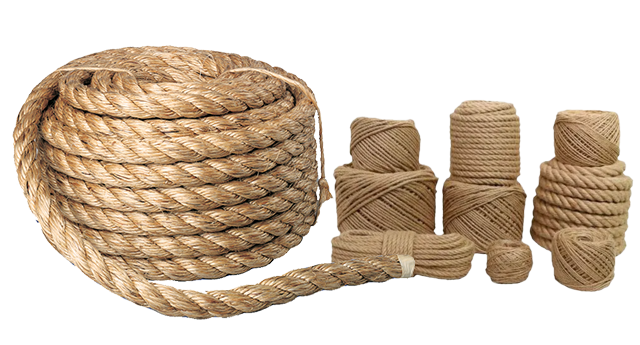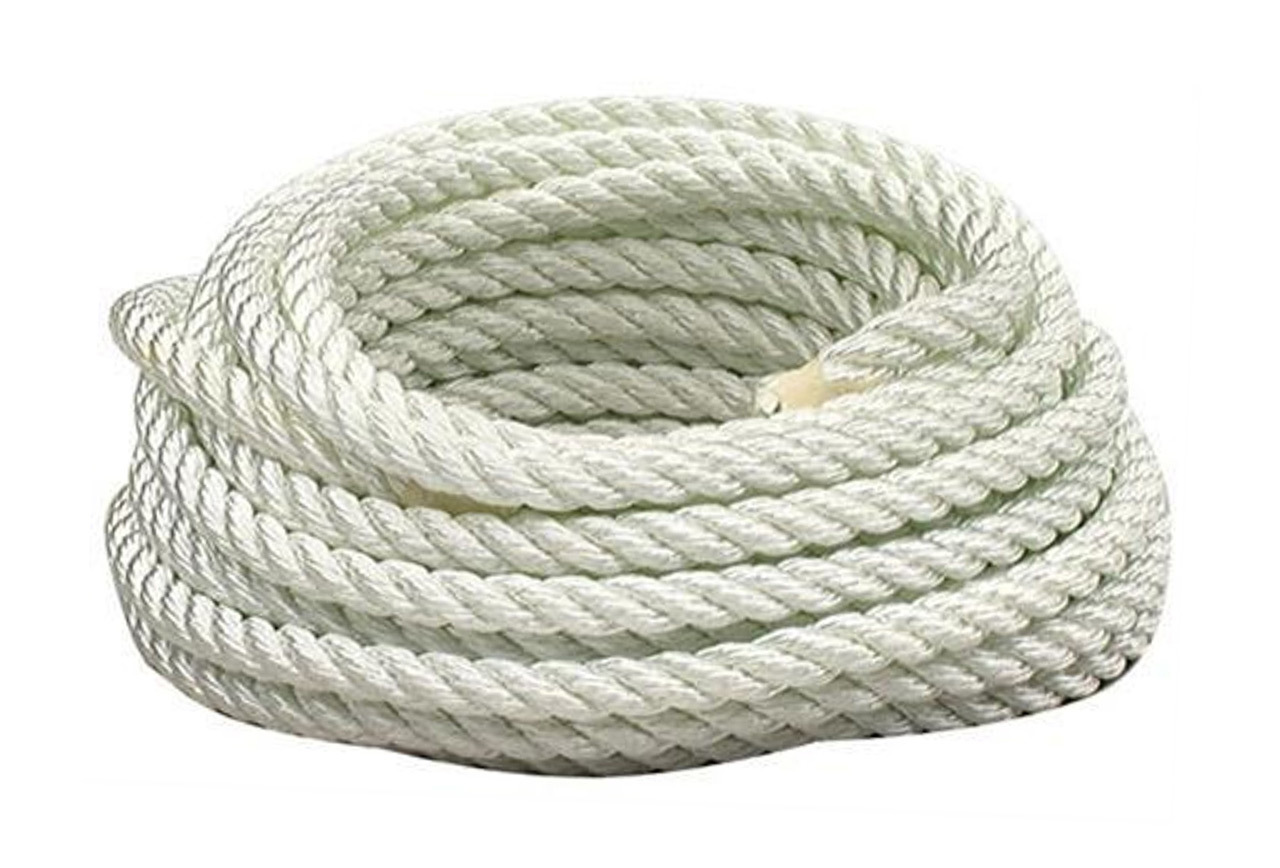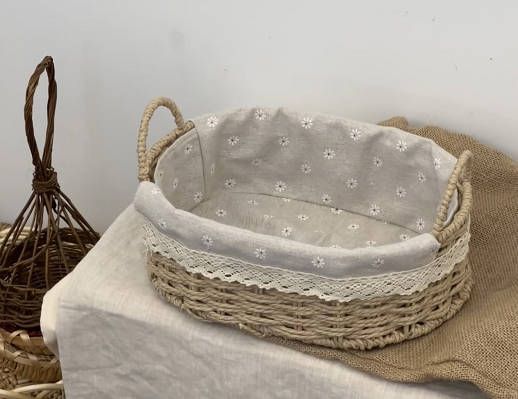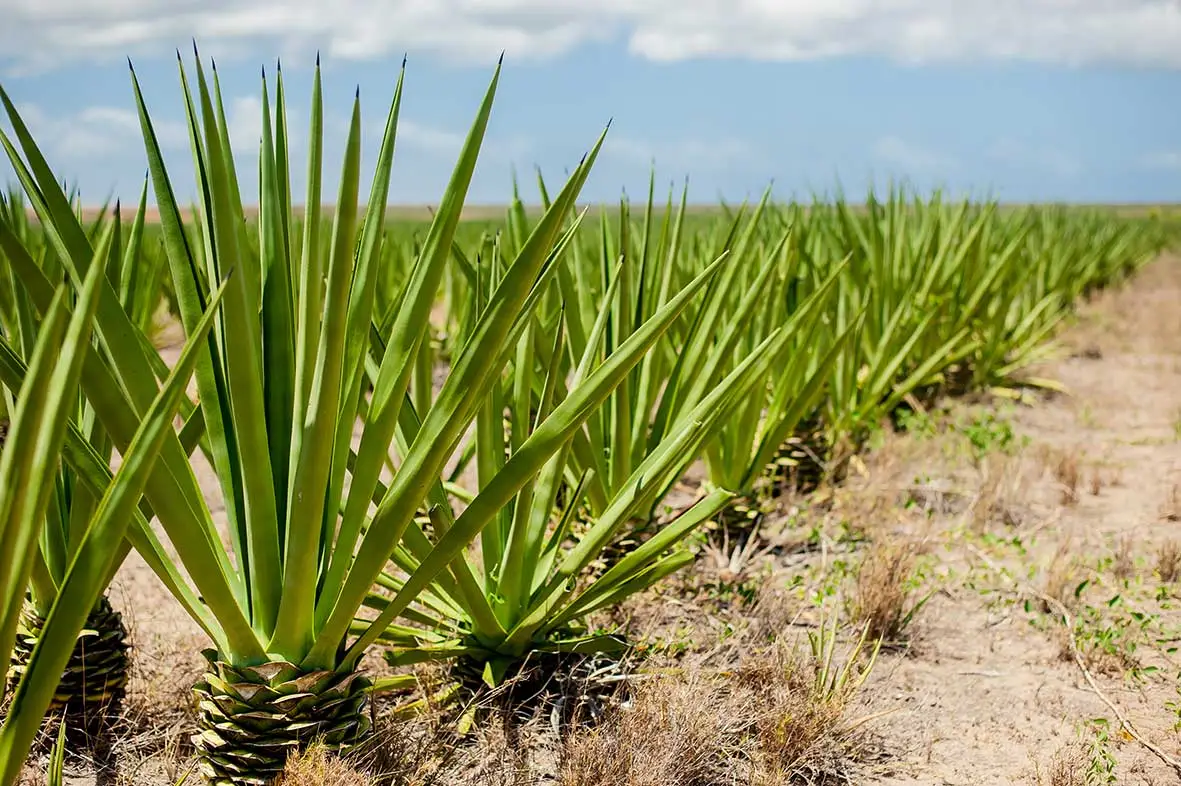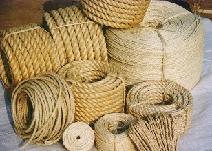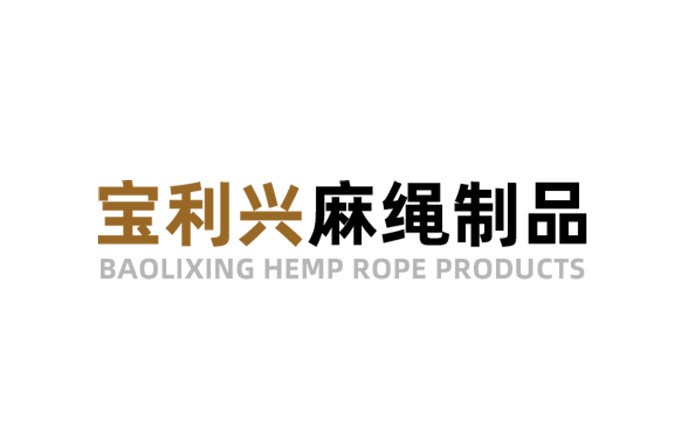Is hemp rope foreign trade good to do? How is the scale of overseas market?
Is hemp rope good for foreign trade? What is the scale of the overseas market? What standards or certifications are needed? Hemp rope is a rope woven from hemp fiber. It is light, strong, and wear-resistant. It is widely used in agriculture, fishery, construction, transportation and other industries. Hemp rope industry in China has a long history, rapid development and broad prospects.
2023-12-26
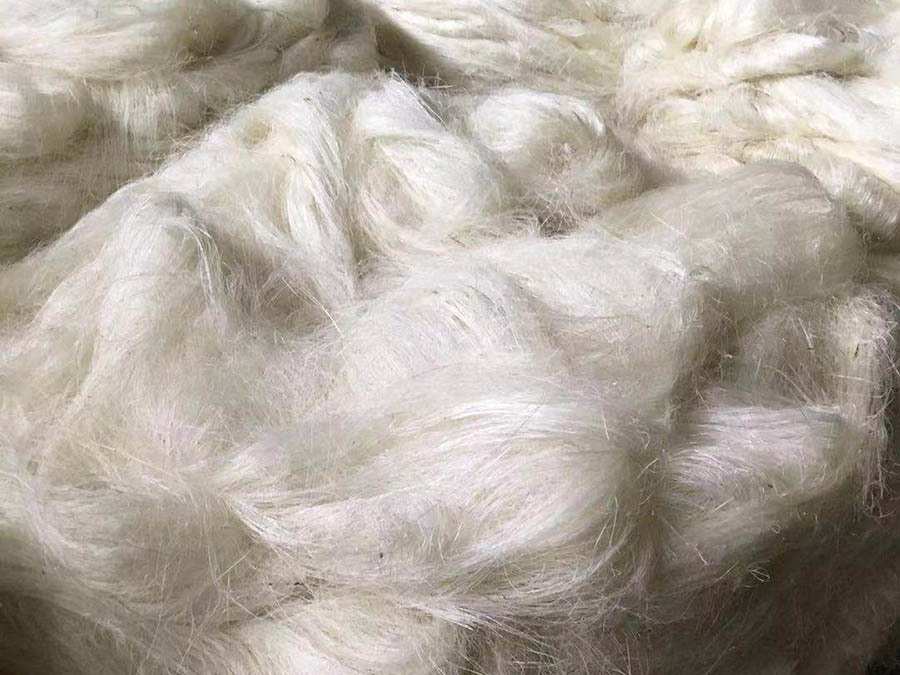
Introduction and development trend of hemp rope industry
Hemp rope is a kind of rope woven from hemp fiber, which is light, strong and wear-resistant, and is widely used in agriculture, fishery, construction, transportation and other industries. Hemp rope industry in China has a long history, rapid development and broad prospects.
The development trend of hemp industry is mainly reflected in the following aspects:
1. Market demand growth: With the development of the national economy and the improvement of people's living standards, the demand for hemp rope is increasing. Hemp rope in the field of agriculture can be used for crop lashing and support, improve the yield and quality of crops; in the field of fisheries can be used for the production of fishing nets, improve fishing efficiency; in the field of construction can be used to build scaffolding and lifting heavy objects, improve construction efficiency. With the development of these industries, the demand for hemp rope will continue to grow.
2. Technological innovation: With the progress of science and technology, the hemp rope industry is also constantly carrying out technological innovation. Traditional hand-weaving has been gradually replaced by mechanized production, improving production efficiency and product quality. At the same time, there have been some new types of hemp rope materials, such as composite hemp rope, high-strength hemp rope, etc., with better performance and service life.
3. Environmental awareness: In today's society, environmental protection has become a hot topic, people's attention to environmental pollution is increasing. As a natural fiber product, hemp rope has the characteristics of degradable and recyclable, which meets the requirements of environmental protection. Therefore, the application of hemp rope in some environmental protection fields will have more room for development, such as environmental protection bags, environmental protection decorations, etc.
4. International market expansion: China's hemp rope industry is competitive in the international market, and the export volume is increasing year by year. China's hemp rope products have advantages in price, quality and service, and are favored by foreign customers. With the advancement of the "Belt and Road" initiative, the development of China's hemp industry in the international market will be broader.
In short, the rope industry as a traditional industry, after years of development, has made remarkable achievements. With the growth of market demand, technological innovation, the promotion of environmental awareness and the expansion of the international market, the development prospects of the hemp rope industry are very broad.
What are the main classifications or types of hemp rope products?
Hemp ropeIt is a kind of rope made of hemp fiber. It has the characteristics of light weight, tenacity and wear resistance. It is widely used in agriculture, fishery, construction, transportation and other fields. According to the use and production process of different, hemp rope can be divided into the following main categories or types:
1. agricultural hemp rope:Mainly used in agricultural fields, such as crop binding, fruit tree support, etc. This kind of hemp rope is usually made of coarse hemp fiber, which has high tensile force and wear resistance.
2. fishery hemp rope:Mainly used for fishing operations, such as fishing, trawling, etc. This kind of hemp rope usually adopts special weaving process, which has high flexibility and corrosion resistance.
3. construction of hemp rope:Mainly used in the field of construction, such as building scaffolding, lifting heavy objects, etc. This kind of hemp rope is usually made of high-strength hemp fiber, which has high load-bearing capacity and durability.
4. Transport twine:Mainly used in the field of transportation, such as goods lashing, dragging and so on. This kind of hemp rope is usually made of medium strength hemp fiber, which has good tensile force and durability.
In addition to the above main categories, hemp rope can also be subdivided according to the diameter, length, color, etc. Different types of hemp ropes are suitable for different occasions and needs, and consumers can choose suitable products according to specific conditions.
If you have any questions, welcomeWeChat Contact Us.
What is the situation of hemp rope foreign trade? Is it easy to export?
The foreign trade situation of hemp rope is relatively good at present. As an environmentally friendly, durable and multifunctional product, hemp rope has great demand in the international market. It is widely used in navigation, construction, agriculture, home decoration and other fields.
Because of its high strength and wear resistance, hemp rope is widely used in ship mooring and binding cargo in the field of navigation. In addition, in the field of construction, hemp rope is also used to build scaffolding, binding building materials and so on. In addition, the hemp rope can also be used for binding work, gardening work, etc. in the agricultural field. In home decoration, hemp rope is also commonly used in the production of handicrafts, decorative items.
The export market of hemp rope has broad prospects, but there are also some challenges. First of all, the hemp rope market is highly competitive and needs to compete with suppliers from other countries. Secondly, the quality and price of hemp rope is also a key factor affecting exports. In order to obtain more export orders, suppliers need to improve product quality while offering competitive prices.
In addition, understanding the international market demand and timely adjustment of product structure is also the key to export hemp rope. The demand for hemp rope in different countries and regions may vary, and suppliers need to customize and develop products according to market demand.
In short, as an environmentally friendly, durable and multi-functional product, hemp rope has a good development prospect in the foreign trade market. However, suppliers need to pay attention to product quality, price competitiveness and changes in market demand to maintain competitive advantages and achieve sustainable development of export business.
hemp rope overseas market size?
Hemp rope is a kind of rope made of hemp fiber, which has the characteristics of wear resistance, high temperature resistance and corrosion resistance, and has been widely used in many fields. As people pay more attention to environmental protection and sustainable development, the demand for hemp rope in overseas markets has gradually increased.
The demand for hemp rope in overseas markets is mainly concentrated in the fields of agriculture, fishery, construction and decoration. In agriculture, hemp rope can be used to tie plants, support vegetables and fruits, etc., to help farmers increase production. In terms of fishery, hemp rope can be used as the side rope of fishing net and the rope of trawl net. It is durable and not easy to tie knots, and is deeply loved by fishermen. In the field of construction and decoration, hemp rope can be used to hang items, weave furniture and decorations, etc., giving people a natural and original feeling.
According to market research data, the demand for hemp rope in overseas markets has shown a steady growth trend in recent years. This is mainly due to the environmental characteristics and versatility of hemp rope, as well as people's pursuit of natural materials. Especially in some developed countries, such as the United States, Germany and Japan, the demand for hemp rope is large. These countries pay attention to environmental protection and sustainable development, the demand for hemp rope is large, the market size is relatively large.
However, hemp rope faces some challenges in overseas markets. First of all, due to the relatively complex production process of hemp rope and the high production cost, the product price is relatively high, which limits the willingness of some consumers to buy. Secondly, the market competition of hemp rope is fierce, and substitutes from other materials are constantly emerging, which puts a certain pressure on the market share of hemp rope.
In order to open up overseas markets, hemp rope manufacturers need to strengthen product research and development and brand promotion, and improve the added value and competitiveness of products. At the same time, establishing good cooperative relations with overseas distributors and expanding sales channels are also one of the important strategies to develop overseas markets.
In general, hemp rope has certain development potential in overseas markets. With the improvement of environmental awareness and the advocacy of sustainable development, hemp rope, as a natural and environmentally friendly product, will have a broader application prospect in overseas markets. But at the same time, we also need to face the challenges of market competition and cost pressure. Enterprises need to strengthen their own strength, improve product quality and service level, in order to be invincible in the fierce market competition.
Which countries and regions are hemp rope mainly exported?
Hemp rope is a kind of rope made of hemp plant fiber. It has the characteristics of light weight, durability and environmental protection. It is widely used in agriculture, fishery, construction and navigation. In international trade, the export of hemp rope is also very important, the following is the main export of hemp rope countries and regions:
1. United States: As one of the largest economies in the world, the United States has a great demand for hemp rope. Hemp rope is widely used in construction, agriculture and navigation industries, so the United States is one of the major exporters of hemp rope.
Europe: The European region is also an important export market for hemp rope. Countries such as Germany, France, Britain and Italy have a large demand for hemp rope, which is mainly used in agriculture, fishery and construction.
3. Japan: As an important member of Asian economies, Japan also has a great demand for hemp rope. Hemp rope is mainly used for fishing and navigation in Japan, so Japan is one of the important exporters of hemp rope.
4. Australia: As an agricultural country, Australia's demand for hemp rope is mainly concentrated in agriculture and horticulture. Hemp rope is widely used to fix crops, build greenhouses and packaging.
In addition to the above countries and regions, hemp rope is also exported to some other countries in Asia, Africa and South America, such as Canada, Brazil, South Africa and India. Although the demand for hemp rope in these countries is relatively small, it also has a certain impact on the export of hemp rope.
In general, hemp rope is mainly exported to the United States, Europe, Japan and Australia and other countries and regions. These countries and regions have a large demand for hemp rope and a large market potential. Therefore, it is very important for hemp rope manufacturers to develop these markets.

What standards or certifications are required for the export of hemp rope?
The export of hemp rope needs to meet certain standards or certifications to ensure product quality and safety. Here are some common standards and certification requirements:
1. ISO 9001 quality management system certification: this certification standard applies to all types of enterprises, including hemp rope manufacturers. The certification proves that the enterprise has certain quality management ability in product design, production, sales and service.
2. ISO 14001 environmental management system certification: This certification standard focuses on the environmental management capabilities of enterprises, including resource use, waste treatment and environmental protection. The environmental impact of hemp rope production process needs to be effectively controlled.
3. CE mark: CE mark is a compulsory certification mark for the EU market, which is applicable to products that meet the requirements of relevant EU regulations. When exporting to EU countries, hemp rope needs to meet the requirements of CE marking.
4. ROHS certification: ROHS certification is aimed at the environmental protection requirements of electronic products, and the use of harmful substances is prohibited. If hemp rope is used for packaging or carrying electronic products, it may need to comply with ROHS certification requirements.
REACH certification: REACH certification is the EU's regulatory requirement for the registration, evaluation, authorization and restriction of chemical substances. If specific chemicals are used in the twine, REACH certification may be required.
Standards in different countries: Different countries may have different standard requirements for the quality and safety of hemp rope. When exporting to a specific country, you need to know and meet the relevant standards of that country.
The above are some common standards and certification requirements required for the export of hemp rope. The specific requirements may vary due to factors such as product use, destination country and market demand. Enterprises should conduct sufficient research and understanding before exporting to ensure that products meet relevant requirements to avoid export risks and problems.
Previous Page:
Next page:
looking for hemp rope products manufacturers?
Service Hotline:
E-mail:
Address:
Tofu Shop Team of Disha Village, Mapo Town, Luchuan County, Yulin City, Guangxi Province


